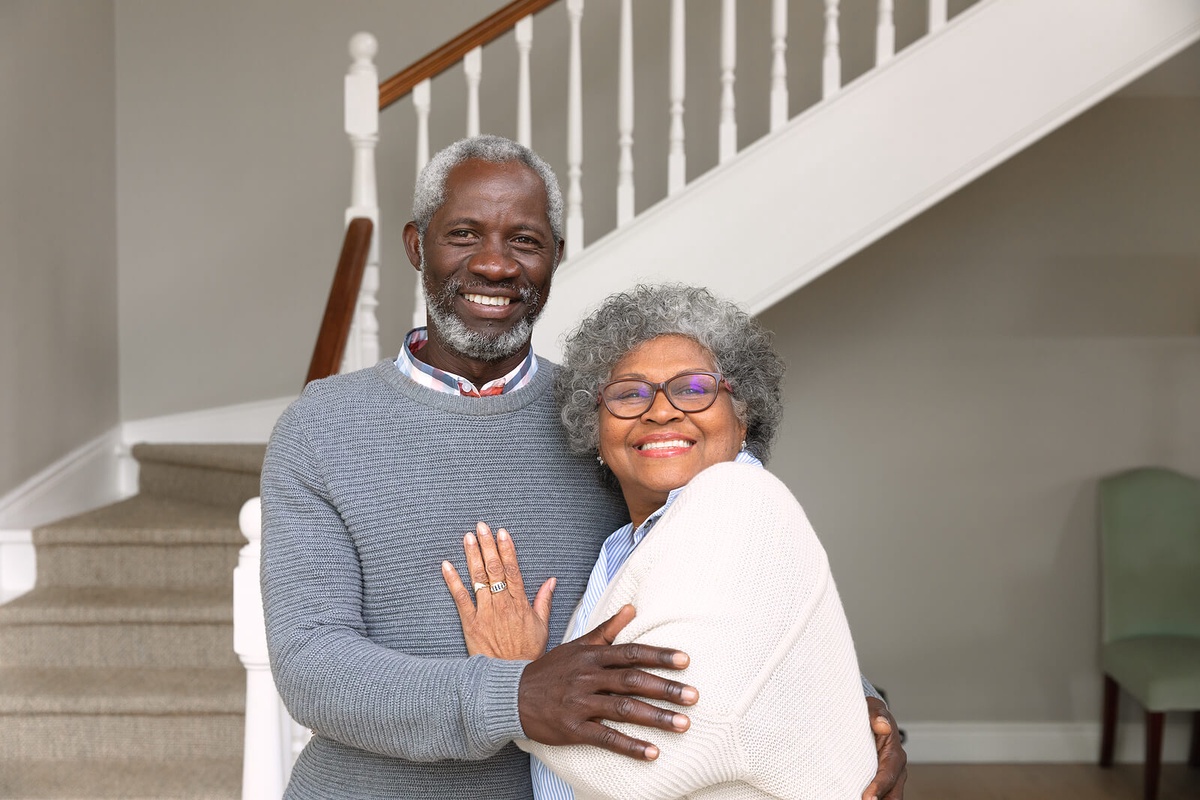As people age, the desire to remain in the comfort and familiarity of their own homes becomes increasingly important. Aging in place, or staying in one's home as they grow older, is a goal shared by many seniors. To achieve this, it's crucial to make essential home modifications that enhance safety, accessibility, and overall well-being. In this article, we will explore the key home modifications that can enable seniors to age in place comfortably and independently.
The Importance of Aging in Place
Aging in place offers numerous benefits, including:
1. Familiarity and Comfort
Staying in one's own home provides a sense of familiarity and comfort, reducing the stress associated with relocation.
2. Independence and Autonomy
Seniors can maintain their independence and autonomy, making choices about their daily routines and activities.
3. Community Connection
Remaining in the same community allows seniors to stay connected with friends, neighbors, and local resources.
4. Cost-Effective
Aging in place can often be more cost-effective than moving to an assisted living facility or nursing home.
Essential Home Modifications
To create a safe and accessible living environment for aging in place, consider these essential home modifications:
1. Entrance and Exits
a. Ramps: Install ramps or gently sloped walkways at entrance points to eliminate tripping hazards and accommodate mobility aids like wheelchairs and walkers.
b. Handrails: Add sturdy handrails along pathways and staircases for support and stability.
2. Bathroom Safety
a. Grab Bars: Install grab bars near the toilet, shower, and bathtub to assist with sitting, standing, and moving around safely.
b. Non-Slip Flooring: Replace slippery bathroom tiles with non-slip flooring or use non-slip mats and rugs.
c. Shower Bench: Include a shower bench or seat to allow for comfortable bathing while seated.
3. Kitchen Accessibility
a. Lowered Countertops: Consider lowering countertops or creating areas with adjustable heights to accommodate individuals using wheelchairs or mobility aids.
b. Pull-Out Shelves: Install pull-out shelves and drawers to make reaching items in cabinets easier.
c. Lever-Style Faucets: Replace traditional faucets with lever-style ones that are easier to grip and turn.
4. Bedroom Comfort
a. Bed Height: Adjust the height of the bed to make it easier to get in and out of, reducing the risk of falls.
b. Closet Organization: Create an organized closet space with accessible shelving and hanging rods.
5. Lighting and Visibility
a. Adequate Lighting: Ensure proper lighting in all areas of the home, including hallways, staircases, and closets.
b. Motion Sensors: Install motion-activated lights to provide illumination when needed.
6. Doorway Modifications
a. Wider Doorways: Consider widening doorways to accommodate wheelchairs or walkers.
b. Threshold Ramps: Use threshold ramps to eliminate tripping hazards at doorways.
7. Flooring
a. Non-Slip Flooring: Replace slippery or worn-out flooring with non-slip options.
b. Smooth Transitions: Ensure smooth transitions between different flooring materials to prevent tripping.
8. Stairlifts or Elevators
For multi-story homes, consider installing stairlifts or elevators to facilitate safe movement between floors.
9. Home Security and Communication
a. Emergency Alert System: Set up an emergency alert system that allows the senior to call for help in case of a fall or other emergencies.
b. Intercoms: Install intercoms or video doorbells for easy communication with visitors.
10. Handicap-Accessible Toilet
Consider replacing standard toilets with handicap-accessible ones that are higher and equipped with grab bars for added stability.
11. Lever-Style Door Handles
Replace traditional doorknobs with lever-style door handles, which are easier to use for those with limited hand strength or dexterity.
12. Accessible Shower
Install a curbless or roll-in shower with a handheld showerhead, built-in seating, and anti-scald controls.
13. Adequate Storage
Ensure that storage spaces are easily accessible and well-organized to prevent clutter and tripping hazards.
14. Home Automation
Consider incorporating home automation features such as voice-activated lights, thermostats, and security systems for added convenience.
15. Regular Maintenance
Regularly inspect and maintain your home to address any wear and tear or potential safety hazards promptly.
Consultation with Professionals
When planning home modifications for aging in place, it's advisable to consult with professionals such as occupational therapists, contractors, and architects with experience in universal design and accessibility. They can provide valuable insights and recommendations tailored to your specific needs and home layout.
Conclusion
Creating a safe, accessible, and comfortable living environment is essential for seniors who wish to age in place. These home modifications not only enhance safety but also promote independence and quality of life. By taking proactive steps to adapt the home to changing needs, seniors can enjoy the benefits of staying in their cherished homes while maintaining their autonomy and well-being.


No comments yet